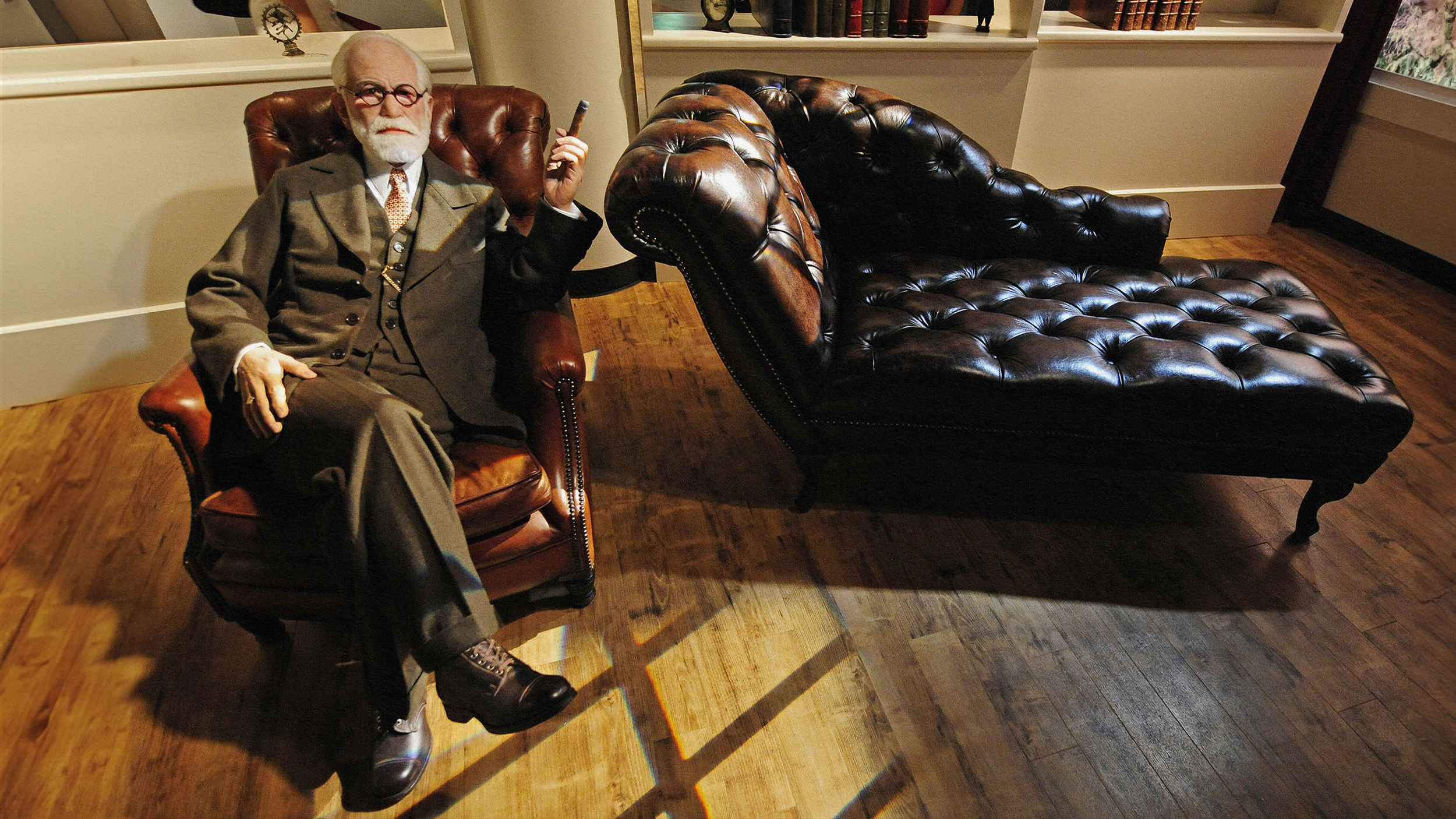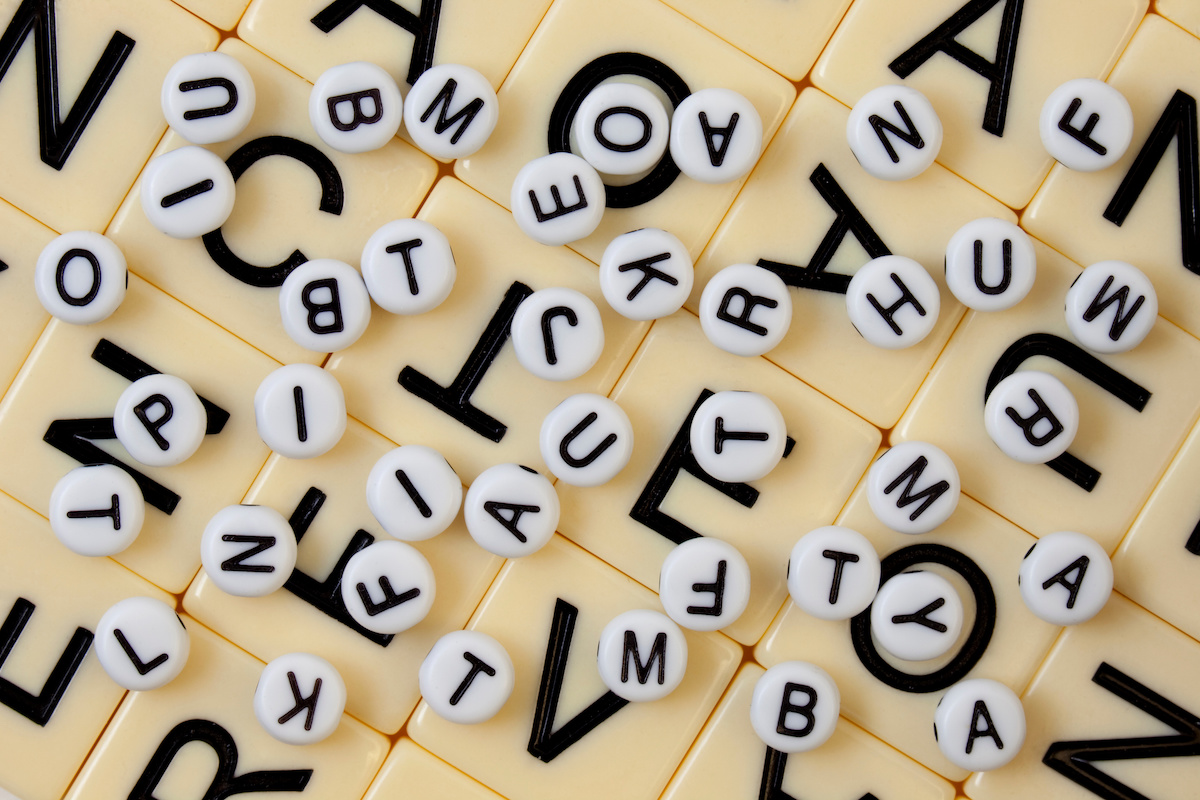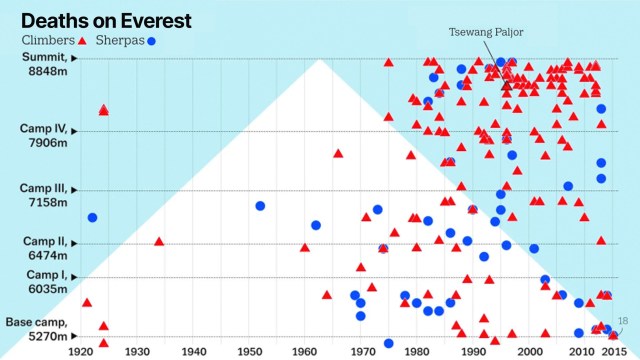Think you can’t be hypnotized? Some people are more susceptible than others

A decade ago, when I was starting my first year of university in New Zealand, I attended a stage hypnosis. It was one of a number of events the university offered to incoming students during orientation week.
From the stage of a campus auditorium, the hypnotist-for-hire asked an audience of some 200 students to close their eyes and listen to his voice. Then he directed us to clasp our hands tightly together, and to imagine an invisible thread wrapping around them—over and under, over and under—until it was impossible to pull them apart. After a few minutes of this, he told us to try to separate our hands. Those who could not, he said, should come on down to the stage.
I instantly pulled my hands apart, but to my surprise, a close friend sitting next to me made his way to the front of the auditorium with roughly 20 others from the audience. Once on stage, the hypnotist tried to bring them deeper into a hypnotic trance, directing them to focus on his calm, authoritative voice. He then asked a few of them to role-play scenarios for our entertainment: a supermarket checkout clerk ringing up shopping items, a lifeguard scanning for lives to save.
After a short time, I saw the hypnotist whisper something into the ear of my friend. He sheepishly made his way back to the seat next to me. “What did he say to you?” I asked. He replied, “I can tell you’re acting, mate, get off the stage.”
In the more than 200 years since the practice of contemporary hypnosis was described by German physician Franz Mesmer, public perception of it has see-sawed between skepticism and credulity. Today hypnotherapy is used to provide therapeutic remedy for depression, pain, substance use disorders, and certain traumas, uses that are supported to a certain extent by research evidence. But many still consider hypnosis more of a cheap magician’s trick than legitimate clinical medicine.
Perhaps this is because very few of us are easily hypnotized: Only about 10 percent of the population seems to respond well to it. Researchers and clinicians tend to use one of two scales to measure an individual’s susceptibility: the Stanford Hypnotic Susceptibility Scale, typically used on individuals, and the Harvard Group Scale, which is used on groups primarily to identify potential subjects for research.
In each case, a researcher induces hypnosis with a script—which aims to convince the person to relax, focus, and follow instructions—and then tests that person on a series of suggestions or instructions and ranks the depth of their response, whether physiological, sensory, behavioral, or emotional. One of the suggestions, for example, involves telling the person they have no sense of smell, and then waving a vial of peppermint oil under their nose. If they fail to respond physically or to identify the scent, they get a point. Another entails checking whether the person seems to hallucinate voices when directed to do so. Both scales range from zero to 12 points, with 12 being highly hypnotizable.
“I can tell you’re acting, mate, get off the stage.”
People who score high on scales of hypnotizability are known as “hypnotic virtuosos.” One virtuoso, a Finnish woman, T.S.H., an office worker with no history of psychiatric or neurological illness, has been the subject of numerous hypnosis studies. She consistently receives the maximum score of 12 on the Stanford Hypnotic Susceptibility Scale.
T.S.H. reports experiencing vivid auditory and visual hallucinations through suggestion, such as hearing voices when instructed to do so, in the absence of any vocal sounds within earshot.Under hypnosis, she also slips into what is known as the “trance stare,” which features a decreased blink rate and the loss of a point of fixation in the eyes, measurable physiological changes that control subjects in studies on hypnosis have reportedly not been able to imitate voluntarily.
How hypnotizable a person is may have a genetic component, according to twin studies. And yet, concrete insights into what separates the hypnotizable from the rest of us are scarce. Research from the 1980s suggests a facility for becoming “absorbed” in a task, such as reading or a theater performance, might make a person more susceptible to hypnosis. Others have found a correlation between hypnotizability and one’s tendency toward dissociation, a mental process of disconnecting from one’s thoughts, feelings, and memories that can develop as a defense mechanism to trauma.
The late Theodore Sarbin, a professor of psychology and criminology at the University of California, Santa Cruz spent 50 years studying hypnosis. He argued that a person’s skill at role-playing is the true mark of the highly hypnotizable person. He was not the first to propose the idea. Personality theorist R.W. White wrote in a 1941 article that the most central goal of hypnosis is to “behave like a hypnotized person.” Neither scholar meant to suggest that the person who is hypnotized is faking it, but rather that hypnotist and hypnotized engage in a miniature drama that follows a familiar script—that hypnosis is a learned social behavior that expands the limits of a subject’s control over their actions only to the extent that they are willing participants in the process.
The authors of a new paper, psychologists from Bournemouth University in the United Kingdom, propose similarly that successful hypnosis is ultimately about the patient rather than the therapist: self-control, not mind control. The psychologists, Adam Eason and Benjamin Parris, cite evidence that self-hypnosis is just as clinically effective at reducing pain, stress, and anxiety and overcoming delusions as hypnosis guided by a therapist.
Self-hypnosis, they say, typically involves some initial in-person training with a therapist, during which the person practices responding to hypnotic suggestions and learns what to expect. After that, she uses recorded audio prompts and follows the instructions on her own.
I recently decided to give self-hypnosis a try. I downloaded a free app called Reveri designed by Stanford clinical research psychiatrist David Spiegel and his colleagues. With the help of Spiegel’s own voice, the app guides the user through a self-hypnotic induction. You are instructed to roll your eyes upward toward the ceiling with your eyes closed. A series of suggestions follow which involve imagining your hand is floating like a balloon. The more convincing you find these suggestions, the higher you score. In the end, I scored 4 out of 10 on the hypnotizability scale used in the app, which ranks me as “somewhat hypnotizable.”
Like most people, I prefer to be the one in charge of my own mind. But the power of self-suggestion, I came to believe, can put you under a spell.
This article originally appeared on Nautilus, a science and culture magazine for curious readers. Sign up for the Nautilus newsletter.





